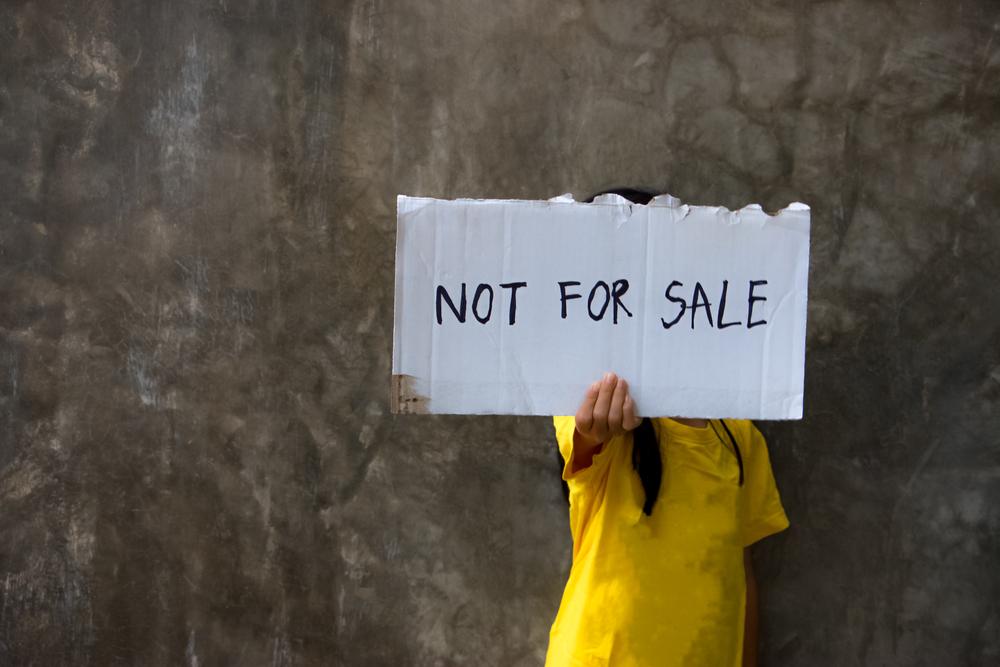
Ten EU agencies signed a joint statement of commitment to work together to address trafficking in human beings.
In line with the Lisbon Treaty; our respective mandates of contributing to the implementation of EU policies and supporting cooperation; Directive 2011/36/EU of the European Parliament and of the Council of 5 April 2011 on preventing and combating trafficking in human beings and protecting its victims, and replacing Council Framework Decision 2002/629/JHA; and recalling the mandate of the EU Anti-Trafficking Coordinator in contributing to a coordinated and consolidated Union response to address trafficking in human beings;
We, the undersigned,
| Jamil Addou | Interim Executive Director of the European Asylum Support Office |
| Catherine De Bolle | Executive Director of the European Police Office |
| Krum Garkov | Executive Director of the European Agency for the operational management of large-scale IT systems in the area of freedom, security and justice |
| Alexis Goosdeel | Director of the European Monitoring Centre for Drugs and Drug Addiction |
| Ladislav Hamran | President of the EU Judicial Cooperation Unit |
| Virginija Langbakk | Director of the European Institute for Gender Equality |
| Fabrice Leggeri | Executive Director of the European Border and Coast Guard Agency |
| Juan Menéndez-Valdés | Director of the European Foundation for the Improvement of Living and Working Conditions |
| Michael O’Flaherty | Director of the EU Agency for Fundamental Rights |
| Detlef Schröder | Executive Director of the EU Agency for Law Enforcement Training |
as indicated in Commission Communication Reporting on the follow up to the EU Strategy towards the Eradication of Trafficking in human beings and identifying further concrete actions, COM(2017) 728 final (hereafter, the Communication) renew today our commitment to working together to address trafficking in human beings, assist the Member States in implementing Directive 2011/36/EU, and build on the synergies created based on the 2011 Joint Statement and the work carried out under the EU Strategy towards the eradication of trafficking in human beings 2012-2016, COM(2012) 286 final.
We acknowledge that trafficking in human beings is:
- a grave violation of fundamental rights, explicitly prohibited by Article 5(3) of the EU Charter on Fundamental Rights;
- a demand-driven, highly profitable form of transnational organised crime and a major threat within the EU and beyond;
- a phenomenon where women and girls are disproportionally affected;
We further recognise that:
- Perpetrators and abusers target victims for the purpose of sexual and labour exploitation, forced criminal activities, forced begging, forced marriage, and more;
- There are substantially more victims of trafficking in human beings than those covered by official figures, not all of whom are identified and provided appropriate assistance and protection;
- Children are particularly vulnerable;
- Trafficking in human beings is linked to multiple other crimes. Drugs may also play a part in the human trafficking process, facilitating the exploitation of the victims.
An enhanced multiagency approach remains crucial to contribute to addressing this complex phenomenon in a coordinated, coherent and comprehensive manner, in partnership with the EU Member States, EU institutions and other relevant partners. Thus, building on the progress made in the past years, we commit to:
- countering the culture of impunity for perpetrators, abusers and exploiters;
- enhancing our focus on prevention, taking into account the whole trafficking chain not only within but equally outside the EU;
- ensuring a gender-specific and child-sensitive approach in addressing this crime.
- assisting Member States in improving early identification of victims and ensuring access to and realisation of their rights;
- addressing the vulnerabilities of the victims and ensuring accountability towards them, including in border management;
- enhancing effectiveness of investigations and prosecutions, including by setting up Joint Investigation Teams, and promoting cross border, as well as internal, law enforcement and judicial cooperation;
- strengthen training activities, sharing of good practices and capacity building within an appropriate policy context;
- building on synergies foreseen in relevant EU instruments in specific areas, including with respect to the EU action on drugs;
- improving information sharing, including through the use of technology, within the limits of data protection rules, proactive financial and intelligence-led investigations, asset recovery, freezing and confiscation of profits; implementing and developing large-scale IT systems and leveraging systems interoperability;
- supporting coherent and effective joint activities with all relevant stakeholders including labour market intermediaries and recruitment agencies;
- increasing regional and cross-border cooperation amongst public authorities and social partners;
Contact points are to be nominated by each Agency whose tasks will include participating in the meetings organised by the Office of the EU Anti-trafficking Coordinator; ensuring an overview of the Agency’s action in this field and represent the Agency in the relevant fora as appropriate; creating synergies and avoiding duplication of efforts.
In order to materialise the above, and in line with the Communication, we commit to including such activities in our planning and, where relevant, work programmes.
Read more about the EU agencies’ network
Image copyright: Atjanan Charoensiri/Shutterstock.com